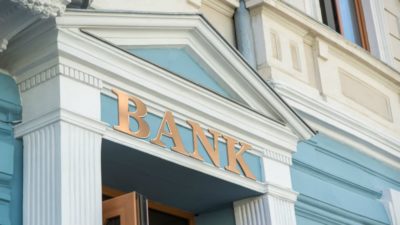Many people forget about inflation until it gets out of control, as it has in 2022. Now, everybody is talking about rising prices and reduced purchasing power. Surging inflation presents a major risk, especially to retirees.
The amount of savings in earlier years plus seniors’ benefits may not suffice to live comfortably in retirement. Canadians are fortunate, because of the Canada Pension Plan (CPP) and Old Age Security (OAS). Unfortunately, you still risk financial dislocation if you would rely only on the common sources of retirement income in Canada.
Retirement foundations
According to the Canada Pension Plan Investment Board (CPPIB), fund manager of the CPP, its purpose is to provide a foundation upon which contributors to the fund build financial security in retirement. Hence, the message is crystal clear: the CPP is a partial, not 100%, replacement of the average pre-retirement income.
However, employment history is not a requirement for the OAS. Canadian citizens or legal residents aged 65 or older at the time of the approval of the OAS application are eligible to receive the monthly benefit. Assuming you’re 65 today and starting CPP and OAS payments, the total monthly amount is $1,394.44.
The CPP pension is $727.61 (average as of April 2022), while the maximum OAS benefit is $666.83 (July to September 2022). While it’s good to know that both are indexed to inflation to keep pace with the cost of living, the combined pensions won’t be enough to maintain your standard of living before retirement.
Supplement your CPP and OAS
Canadians have ways to supplement their CPP and OAS. One way is to use the Tax-Free Savings Account (TFSA) and Registered Retirement Savings Plan (RRSP) to build retirement wealth. Your investments in either account will compound faster because money growth is tax free.
Dividend stocks like Bank of Montreal (TSX:BMO)(NYSE:BMO) are eligible investments in a TFSA and RRSP. Canada’s oldest and fourth-largest bank is a suitable core holding because it is the TSX’s dividend pioneer. The $86 billion bank’s first dividend payment was in 1829, and the track record is only seven years shy of two centuries, or 200 years.
In the first three quarters of fiscal 2022 (nine months ended July 31, 2022), net income rose 61% to $9 billion versus the same period in fiscal 2021. However, net income in the third quarter of fiscal 2022 plunged 40% year over year to $1.36 billion. The over $900 million loss was due to hedges related to the acquisition of Bank of the West in the U.S.
BMO’s sacrifice on income is worth it, as management expects to close the transaction by year-end 2022. The deal will add meaningful scale, expansion in attractive markets, and drive greater growth.
Convert savings into retirement income
Canadians can use the TFSA or RRSP as vehicles to convert savings into retirement income. A wise nest egg builder will also reinvest the dividends to purchase more shares of the big bank stock. BMO trades at $127.55 per share and pays a 4.39% dividend. Any amount you invest today will likely more than double in 20 years.









